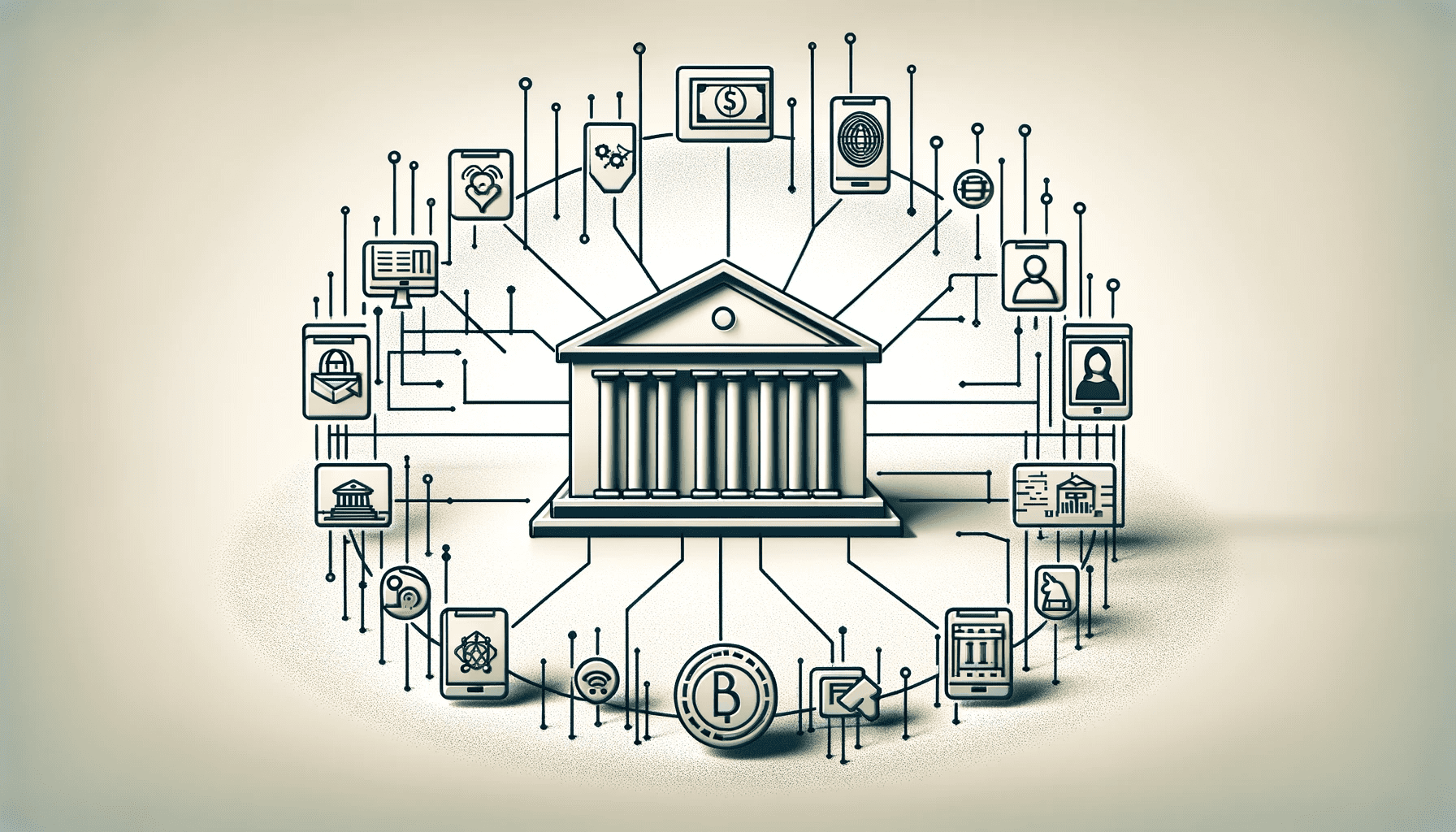GBO, a leading corporate services company, has conducted extensive research on digital banking trends and their potential impact on the financial industry.
This report delves into the evolution, statistics, legal framework, current trends, and the future of digital banking.
GBO, a well-known company that offers corporate services offers assistance with opening a business bank account in Europe for compnaies
If you need help to open a business account in Europe, feel free to contact us:
WhatsApp : +972504938469, Email: info@gbo-il.com








